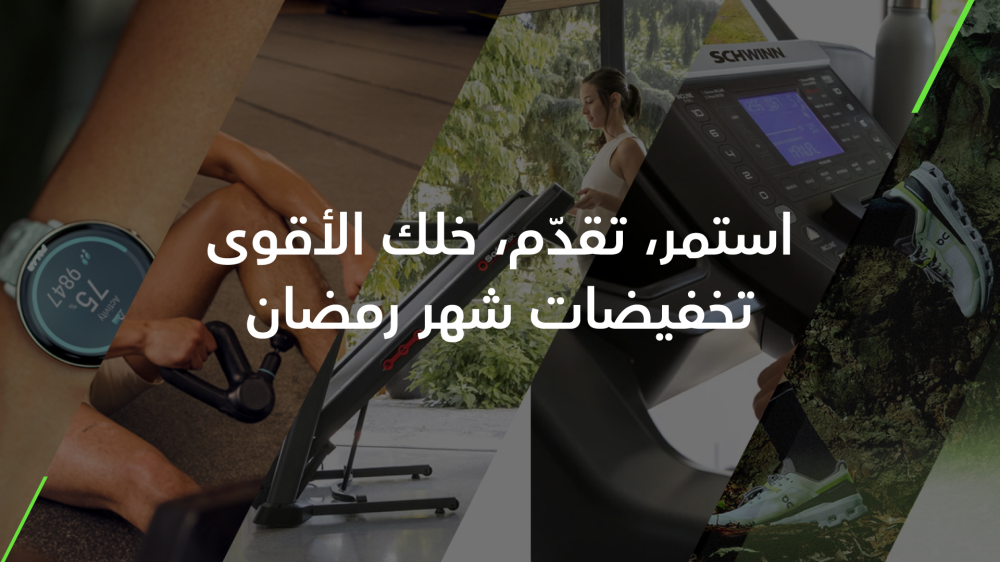Ramadan is a time of reflection, discipline, and balance—but that doesn’t mean your fitness goals should take a backseat. With the right approach, you can stay active, maintain muscle strength, and keep your energy levels high throughout the month. Here’s how:
1. Train Smart, Not Hard 🏋️♂️
Excessive training while fasting can lead to fatigue. Instead, focus on:
- Low-impact workouts like walking, yoga, and resistance training.
- Strength training after Iftar to maximize energy and recovery.
- Short and effective HIIT sessions to burn fat efficiently.
2. Hydration is Key 💧
Dehydration can impact your performance, so prioritize water intake between Iftar and Suhoor:
- Drink at least 2-3 liters of water.
- Avoid excessive caffeine and sugary drinks.
- Incorporate electrolyte-rich foods like bananas, dates, and coconut water.
3. Fuel Your Body Right 🍽️
Balanced nutrition will keep you energized:
- Suhoor: Focus on complex carbs (oats, whole grains), proteins, and healthy fats.
- Iftar: Break your fast with dates and water, followed by lean protein, veggies, and moderate carbs.
- Post-Workout Recovery: Use a high-protein meal to support muscle repair and performance.
4. Take Advantage of Outdoor Training 🌳
Make fitness part of your Ramadan routine by utilizing open spaces like the Sports Boulevard (المسار الرياضي) in Riyadh. It’s the perfect spot for evening runs, cycling, or even a casual walk to stay active while enjoying the city’s vibrant atmosphere.
5. Set Up Your Home Gym for Maximum Convenience 🏡
Not a fan of crowded gyms? Avoid the traffic and workout at home with:
✔️ Treadmills & Stationary Bikes – Stay on top of your cardio goals.
✔️ Adjustable Dumbbells & Resistance Bands – Strength training without bulky equipment.
✔️ Recovery Tools like Theragun – Keep your muscles relaxed and injury-free.
💡 Ramadan is all about balance—honor the month while keeping your fitness journey strong! Stay active, eat right, and make every workout count.

